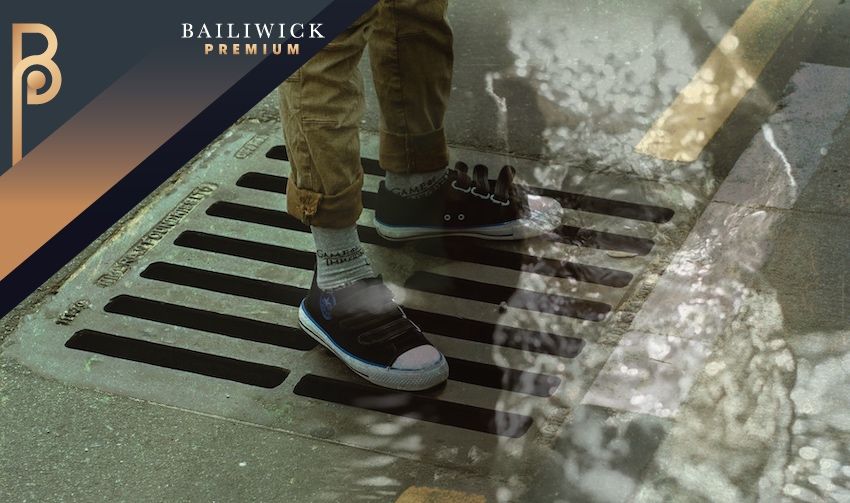


Waste and water pollution incidents in Jersey have risen 50% over five years, while sewage spillages are also going up.
Express plumbed the depths of Environmental Health and Infrastructure records as part of a deep dive into the murky issue...

Read this member-only article for free
Log in or create a FREE AIM account now to read this story, comment on articles and enjoy newsletters from our other titles.
Comments
Comments on this story express the views of the commentator only, not Bailiwick Publishing. We are unable to guarantee the accuracy of any of those comments.